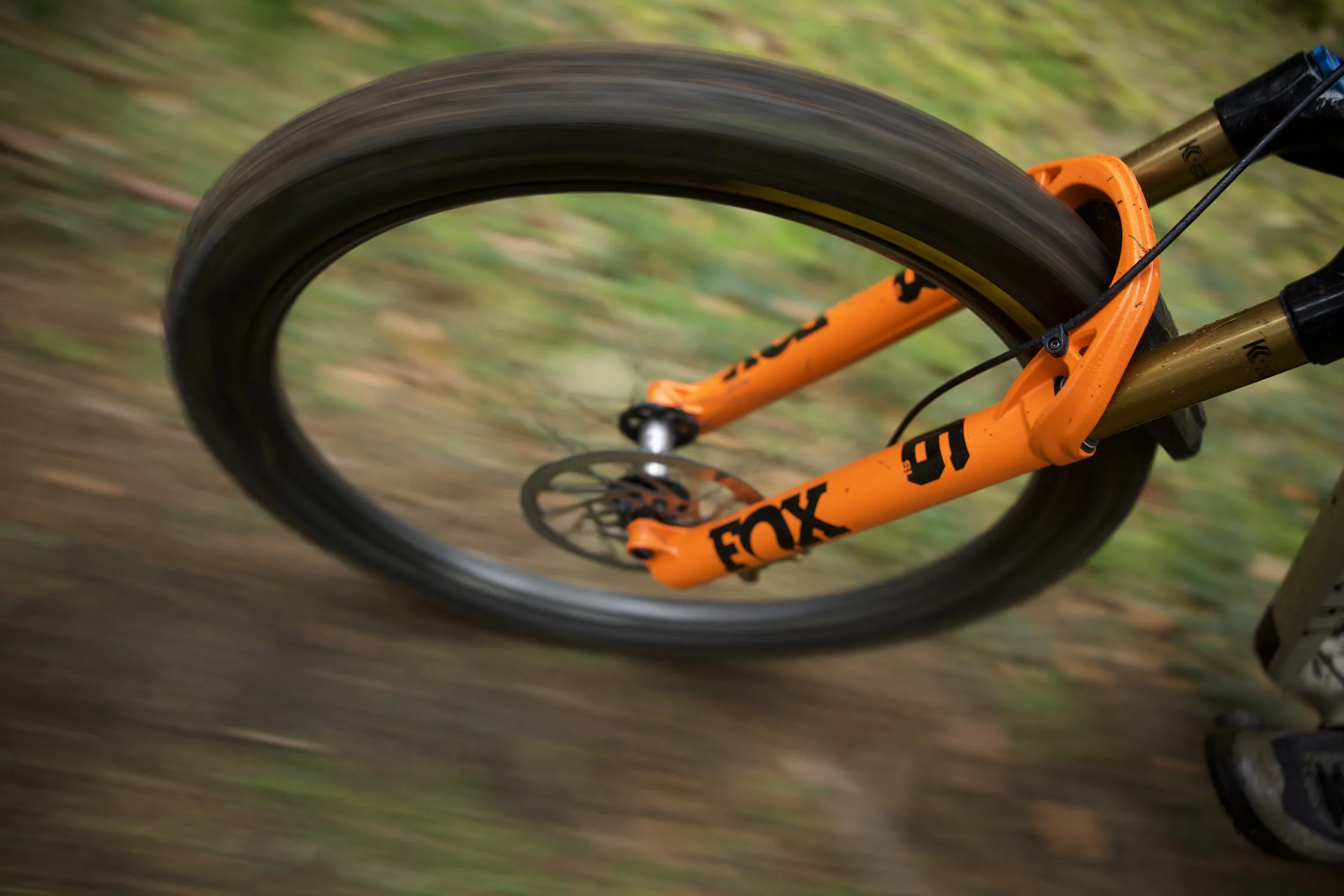Hot on the heels of last week’s 34 SL for the XC and downcountry crowd, the bigger, stronger Fox 36 forks get a complete reboot, too. They take everything that’s new and great about the 34, then add even more new tech to make them the smoothest, stiffest, best forks they’ve ever made.
Here’s everything you need to know…
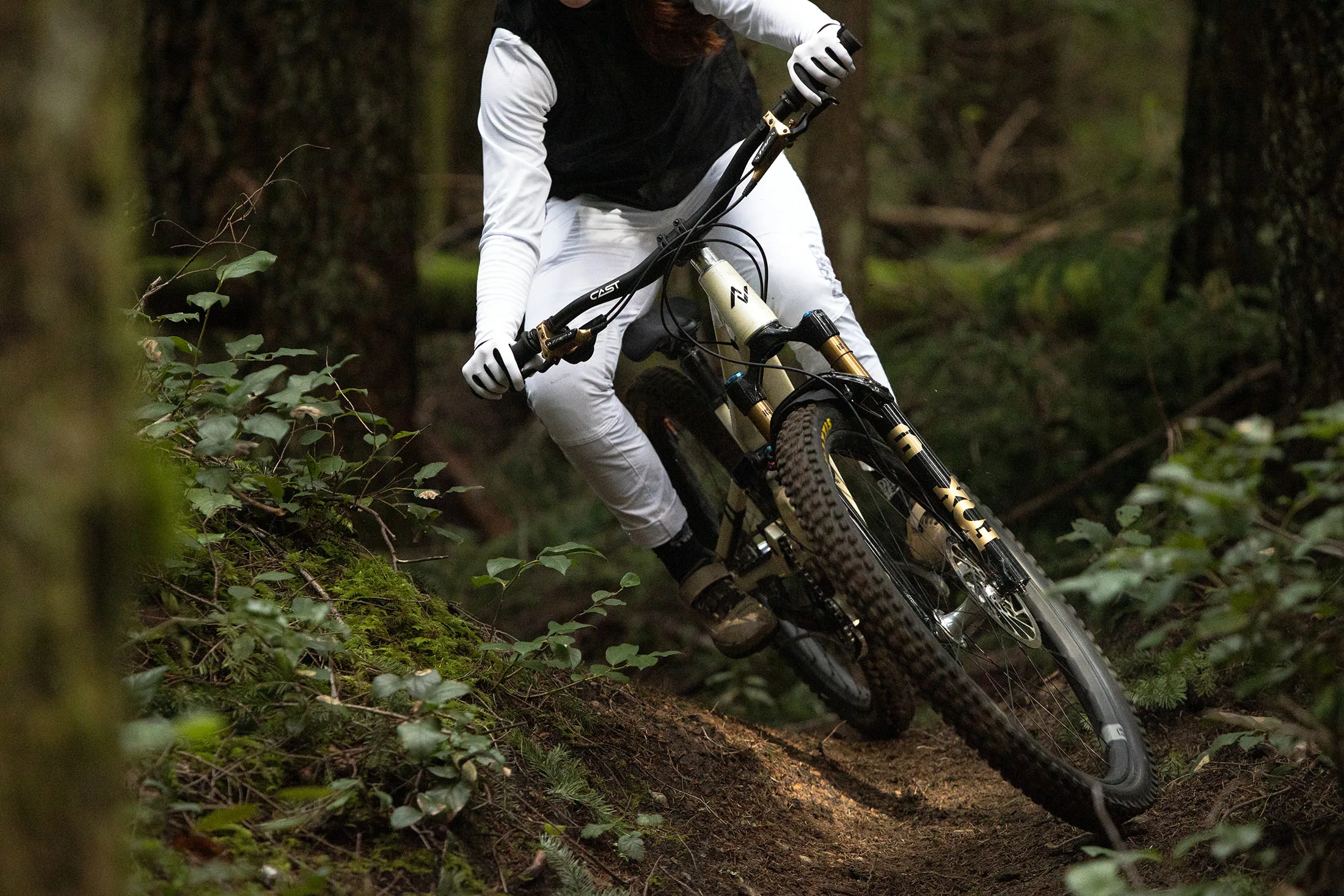
TL;DR – What’s New?
- Two new models optimized for different segments
- Generative designs for lighter, stiffer forks
- New 36 rides like a 38 but lots lighter, perfect for all-mountain
- New 36 SL replaces 34 with stiffer fork at a lower weight for trail riders
- New Compliant Air Spring reduces friction under lateral loads
- Same bushing overlap & bypass channel relocation upgrades as new 34 SL
Curious? Let’s dive into the details…
Divergence in the Forks
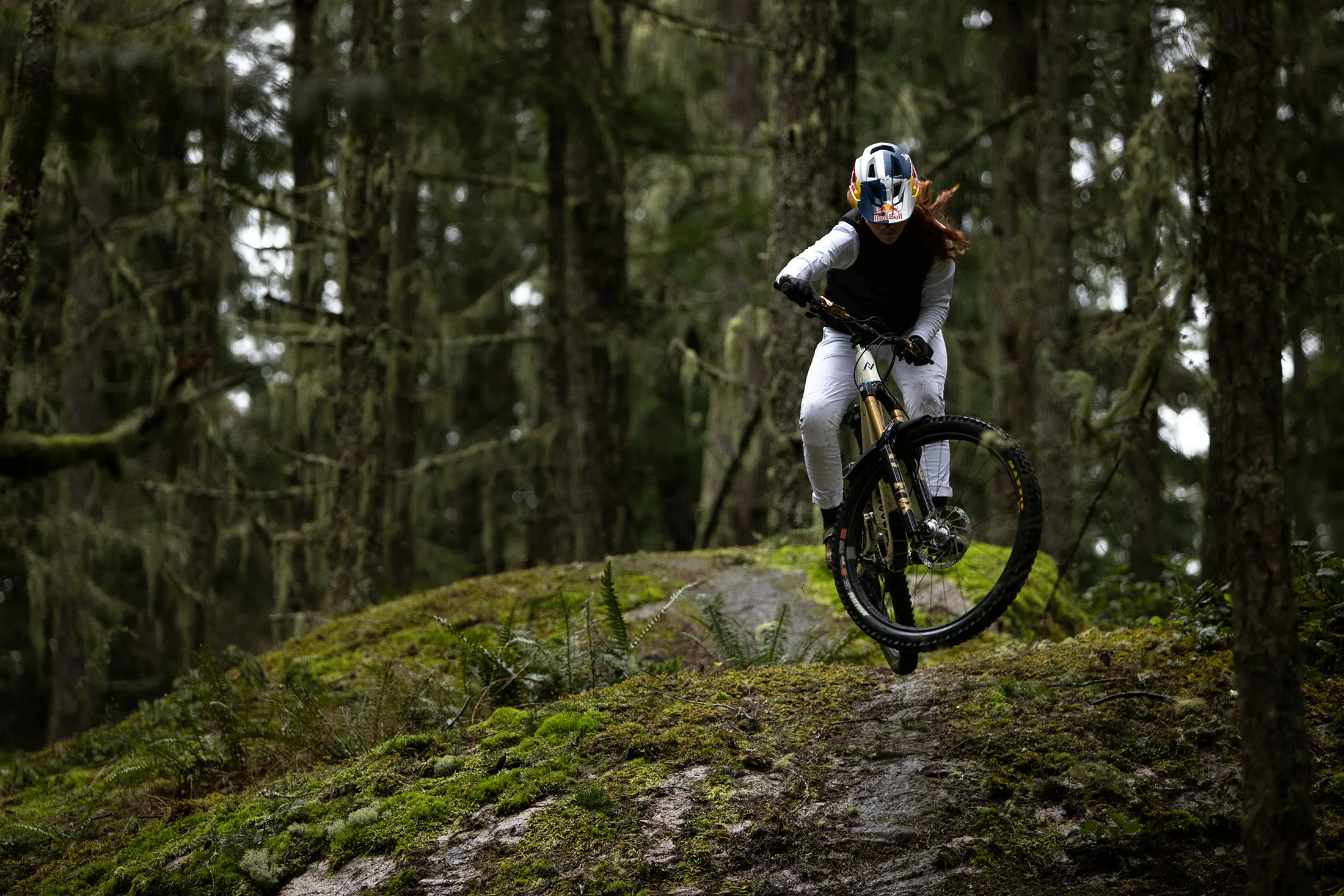
For a long time, the Fox 36 has handled a narrow range of “all mountain” efforts with a single chassis, ranging from 150mm to 160mm in travel. Below it was the 34 for 120-140mm travel, and above it the 38 for everything else that didn’t require a dual crown fork.
Now, the line expands into two forks, and completely rearranges Fox’s mountain bike fork hierarchy.

The 36 SL comes in 120-140mm travel for riders pushing the limits of a trail bike, and the 36 comes in 140-160mm travel for riders hucking harder on all-mountain bikes but who still want something reasonably lightweight.
So, the new fork lineup goes like this:
- Fox 32 Step Cast – 100mm weight weenie XC bikes (160mm-180mm brake rotors)
- Fox 34 SL – 110-130mm XC to downcountry (180mm-203mm brake rotors)
- Fox 36 SL – 120-140mm lightweight trail bikes (180-203mm brake rotors)
- Fox 36 – 140-160mm trail to all-mountain bikes (200-220mm brake rotors)
- Fox 38 – 160-180mm enduro bikes (200-220mm brake rotors)
The goal was to give the 36 SL the stiffness of a 36, but the weight of a 34. And to give the 36 the stiffness of a 38, but the weight of a 36.
To do that, they developed two completely different chassis. Here’s a look at each fork’s upgrades, starting with the bigger 36…
2026 Fox 36 Tech Details

Starting on the big side, the new 36 has an all-new chassis, designed to save a lot of weight, giving aggressive riders big fork performance without the big fork weight.
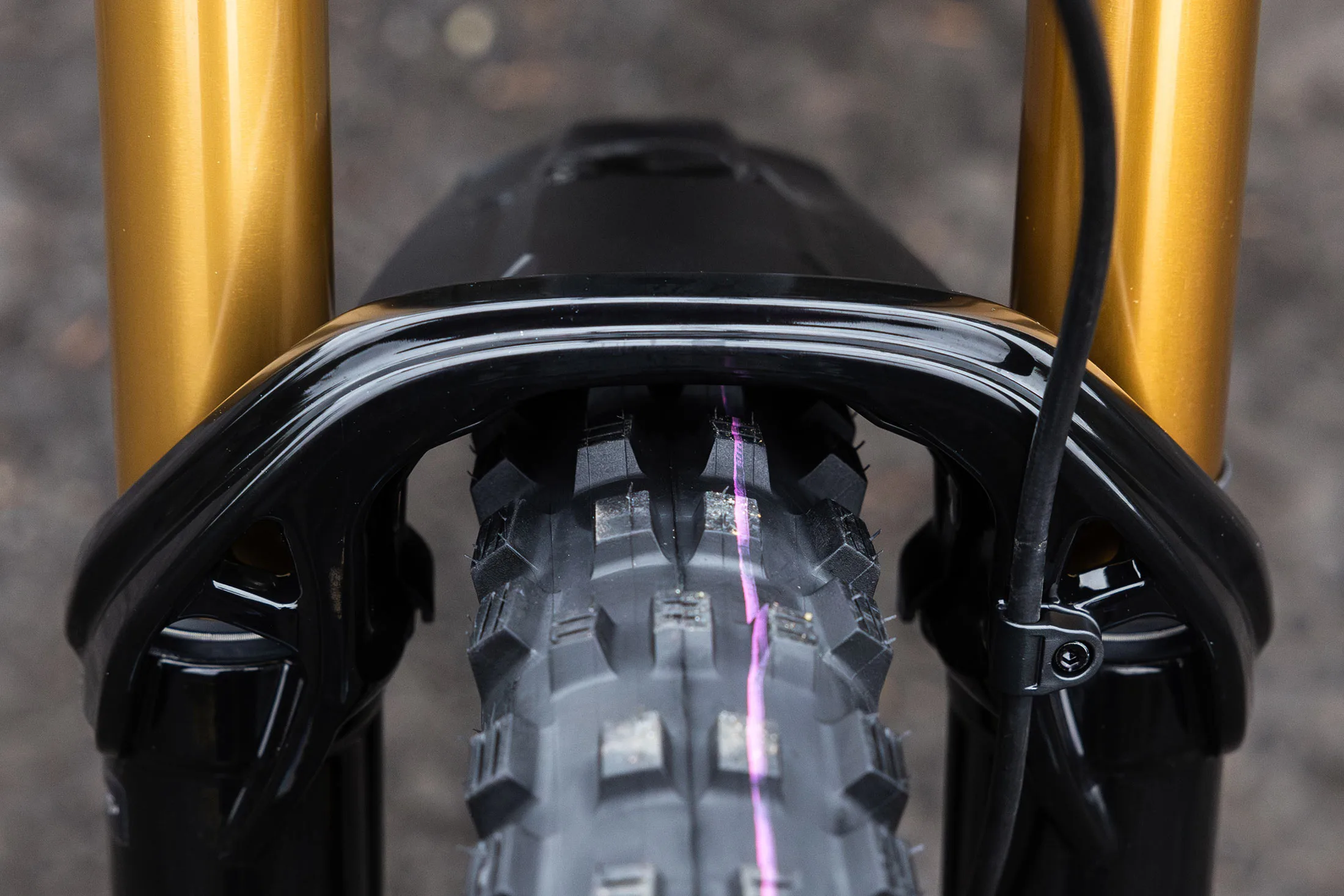
They say it rides more like a 38, stiffer and smoother, but with a claimed weight of just 1920g…pretty much the same as the prior model. In their words, “Big Fork Energy, minus the weight.“
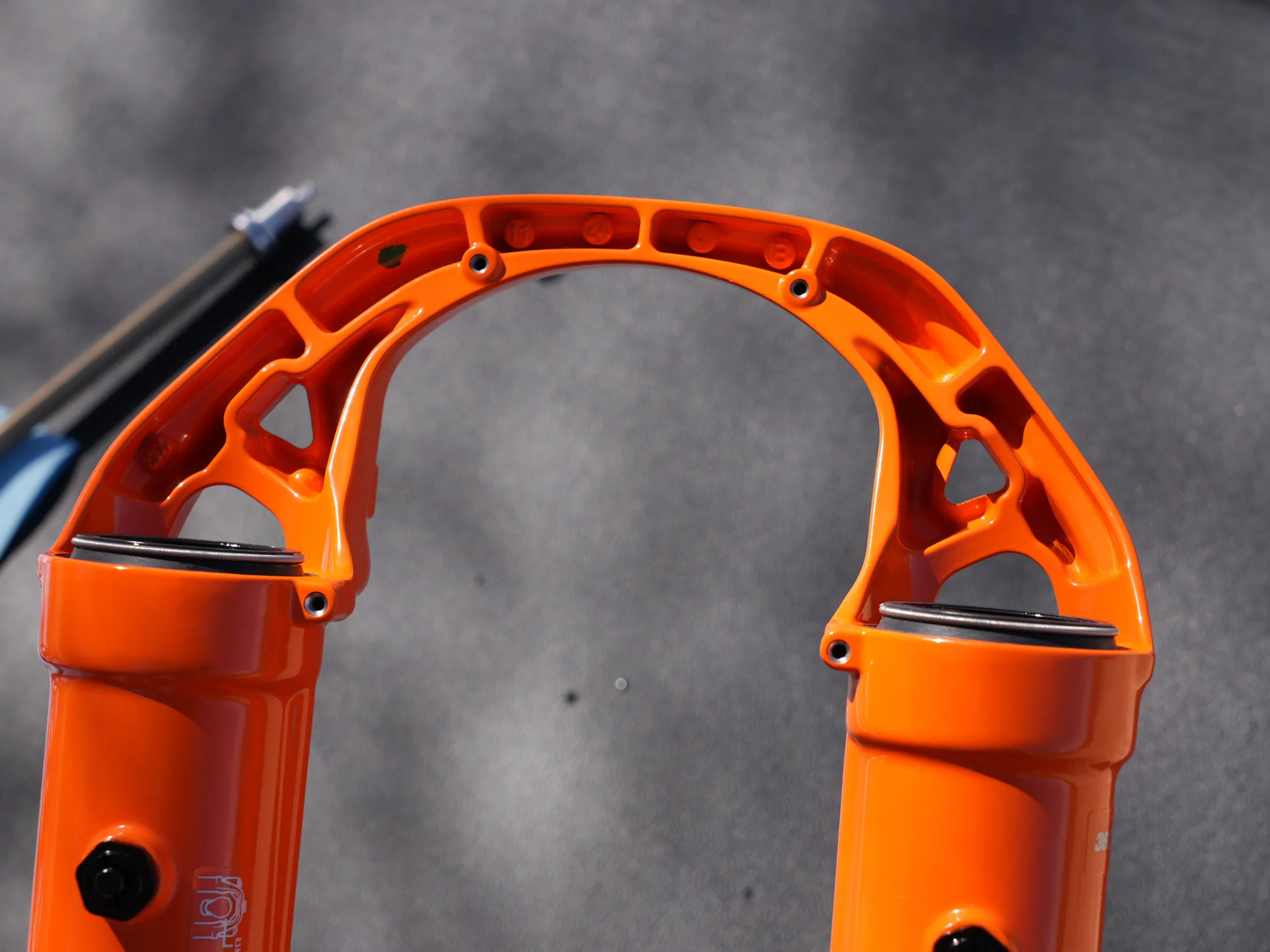
To do that, they turned to the same generative design process as the latest 32 Step Cast, which gave them a starting point. Then, they refined the design into something that’s manufacturable (and looks good). The result is an arch with windows, putting material only where it’s needed, yet yielding a fork with 20% more torsional stiffness.
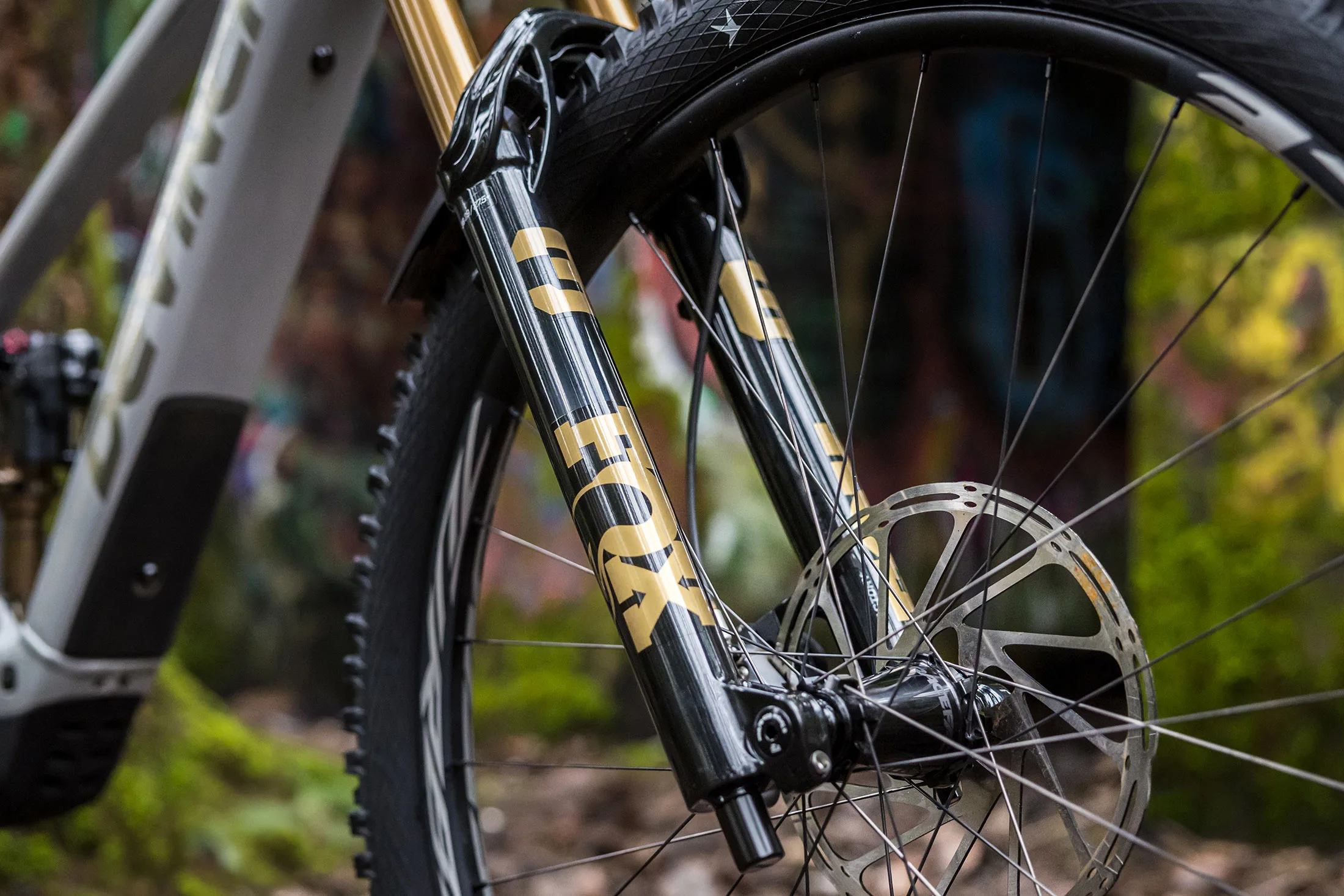
Some of that stiffness also comes from longer bushing overlap. The prior 36’s bushings were spaced 132mm apart. The new 36’s bushings are 162mm apart, providing 30mm (~23%) more overlap than before and 20mm more than the Fox 34 SL.

It fits up to a 2.6″ tire, starts with 200mm brake rotors, and uses their clamped floating axle dropouts.
2026 Fox 36 SL Tech Details

Completely optimized for the trail category, the goal was all-mountain / enduro stiffness, but with a trail-bike weight.
And it’s the lightest 36 ever. The claimed weight is just 1755g, almost as light as a 34. So, yeah, almost 200g lighter than the new 36 and, in Fox’s estimation, 152g lighter than a Rockshox Pike RC3.
Much of that weight savings comes from the simple fact that it has less travel, but Fox still optimized everything to cut grams anywhere they could. While it looks similar, the 36 SL has a different crown, stanchions, and lowers. Basically, it’s completely different.
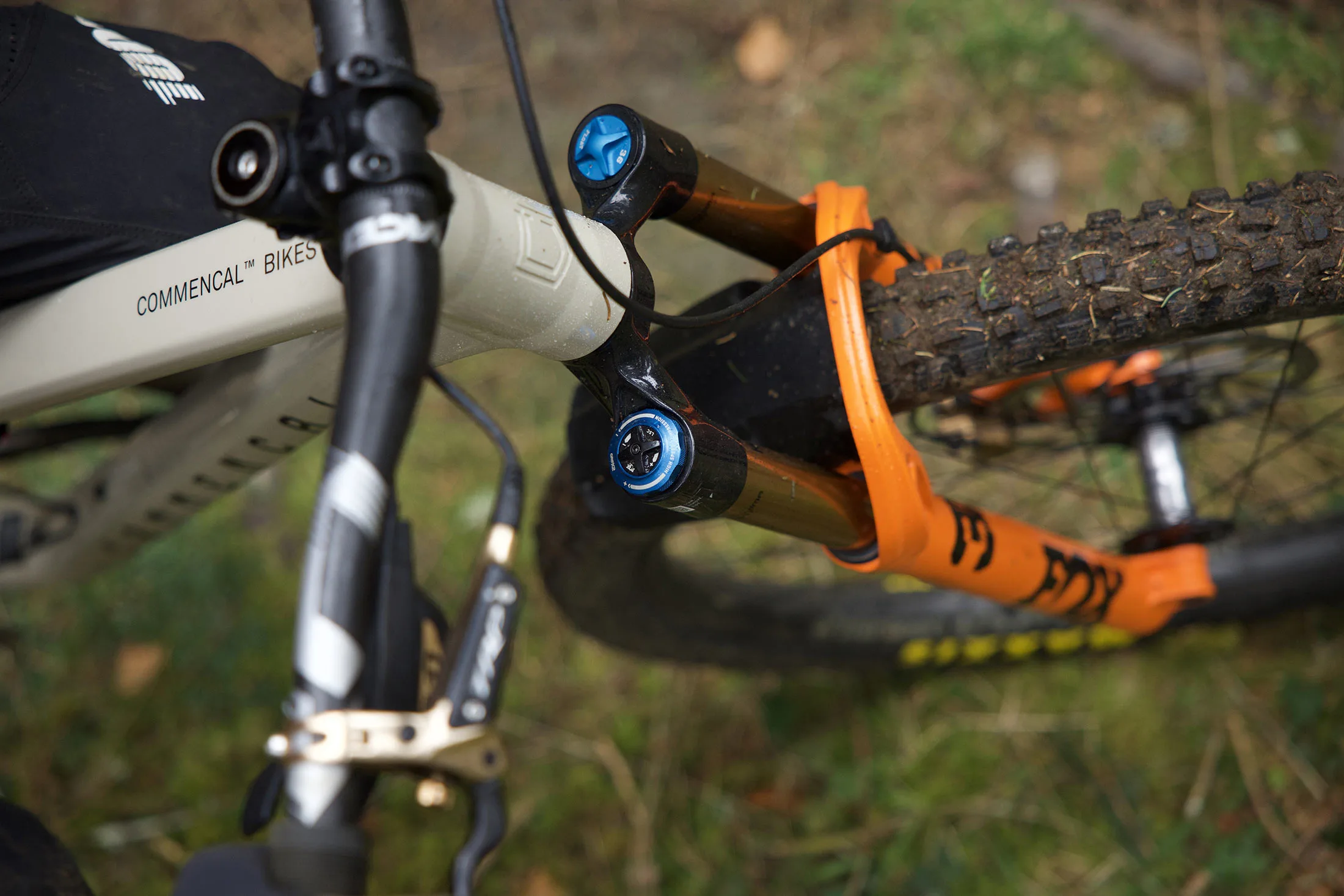
Inside is an optimized air spring for the shorter travel, and its own generative design on the crown and arch that makes the fork 20% stiffer than the 34 it replaces.
The lowers are also a completely unique casting and assembly, which is a big deal because Fox could have saved a lot of money sharing the tooling between both 36 models. But they didn’t because they wanted to optimize this fork for weight savings.
Key differences from the 36 are that this one fits up to a 2.5″ tire, starts with 180mm brake rotors versus 200mm, and it uses the Kabolt SL thru axle, not a floating axle.
Shared Updates
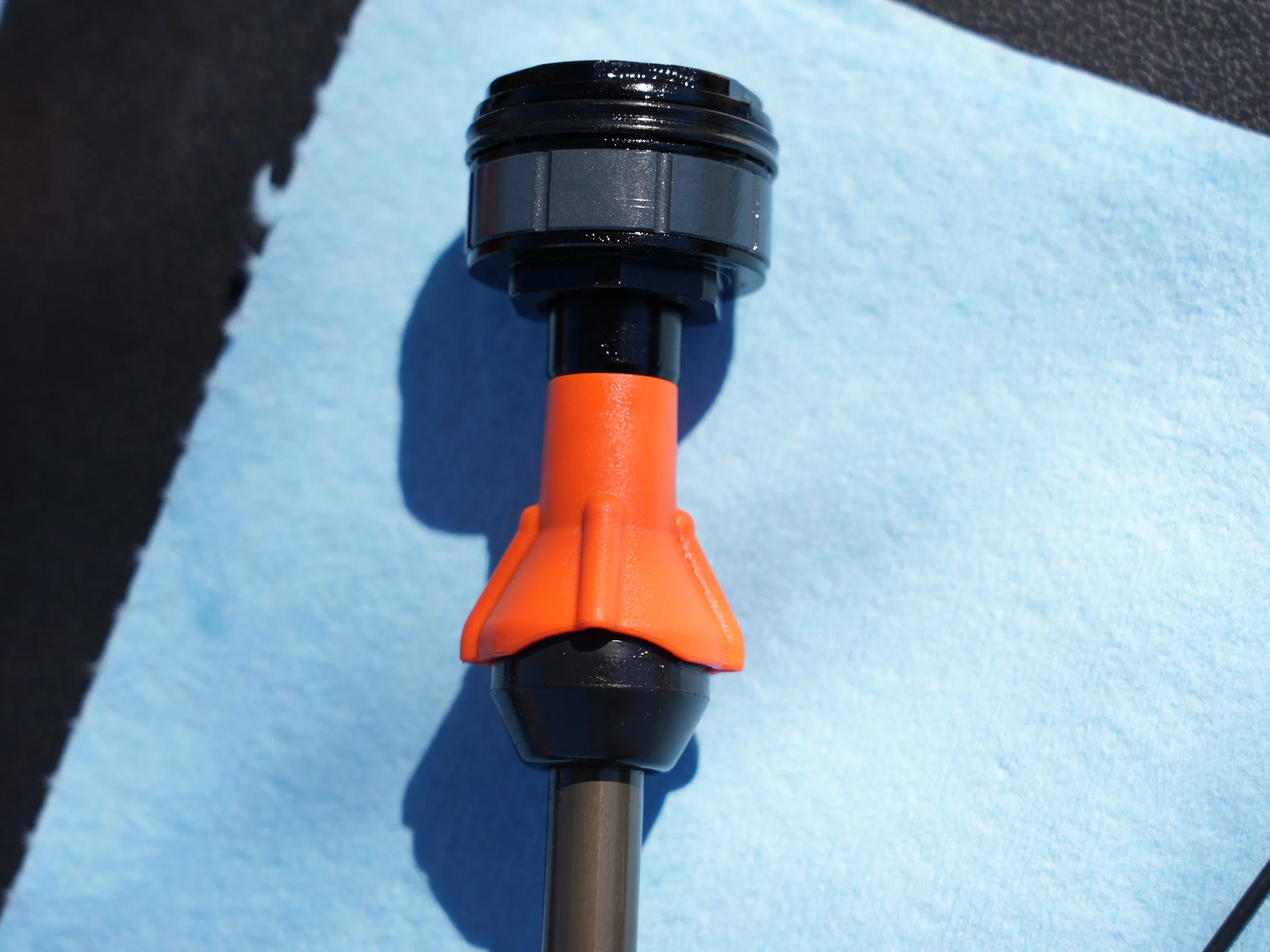
The air spring gets an update top-out hat and bumper that work together to soften the blow on top outs. It’s not a volume spacer or tuning tool, it’s already part of the air spring’s tune.
Worth mentioning: All of Fox’s dampers got a huge upgrade in 2024, and these forks get all of the various damper options. Meaning, you can get all of the smoothness improvements while choosing the desired tuning level or fitting your budget. Also, if you’re interested in the latest 32 Step Cast, which also debuted in 2024, read our coverage and review for more.

Both the 36 and 36 SL also now use a Shimano cassette tool for removing the air string top to make volume adjustments, and both also get updated pressure release valves with a new notch so air can escape from under your finger when you press it all the way down.
How Fox made them smoother
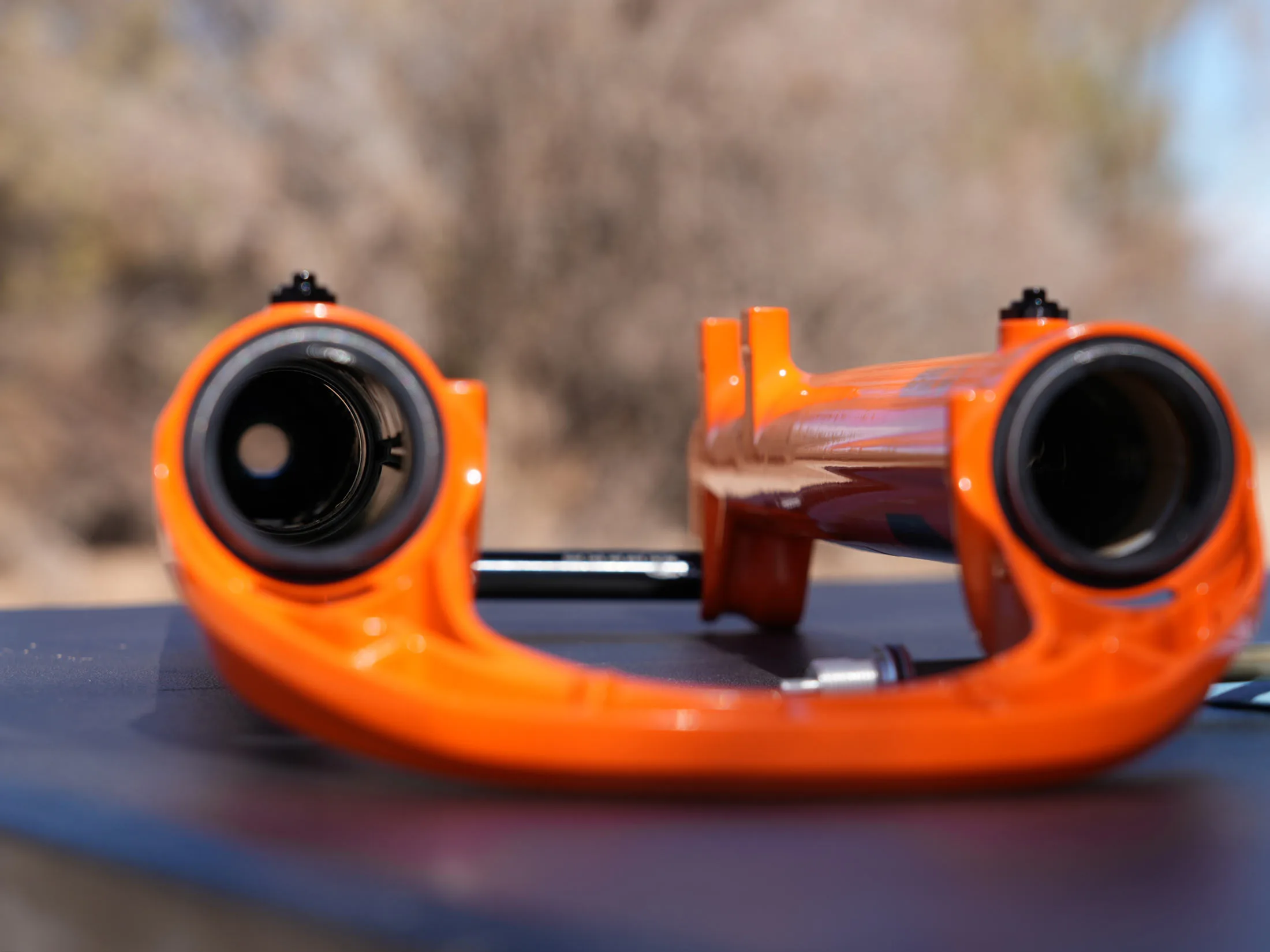
The new 36 forks get the same updates as the 34 SL, plus new tricks. Read my 34 SL launch coverage for more details, but here’s a recap of the two key features:
Bypass Channels moved to the sides
The bypass channels that let air move from the bottom of the lowers into the space into the gap between the bushings moves from the rear of the lower legs to the side. This reduces deformation and friction hot spots on the bushings, helping the fork slide more smoothly.
Longer Bushing Overlap
The stanchion’s bushings are up to 30mm further apart, better spreading the load between them to reduce friction under hard fore/aft stresses.
New “GlideCore” Compliant Air Spring
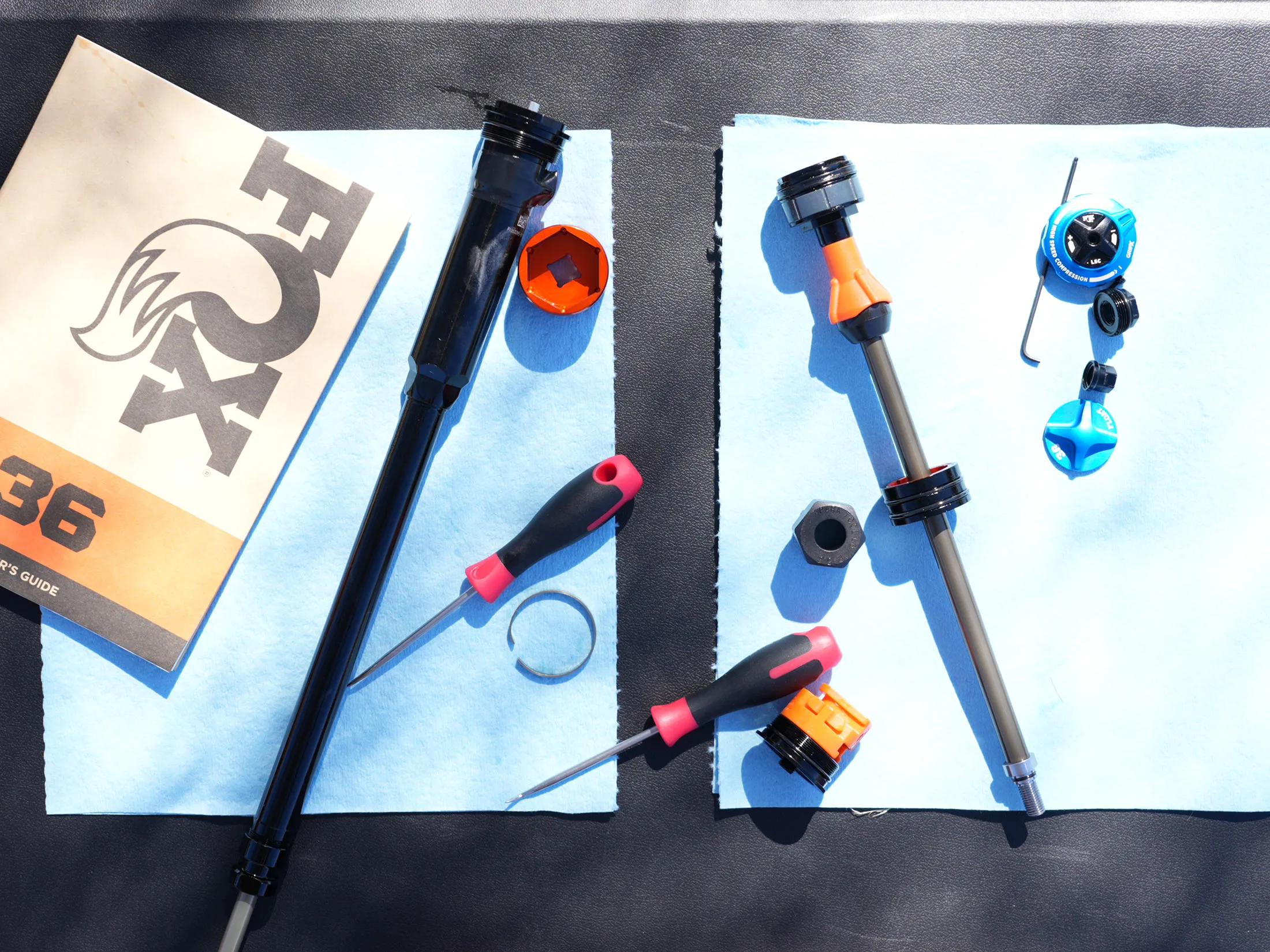
This is the big new thing. Fox says the two key points of friction are the seals on the air piston, and the seal on the “neg plate”.
Anytime you run into something (root, rock, curb, etc.), that obstacle is simultaneously trying to push the axle backward (aft forces) and upward (suspension compression). That aft force causes any seals and bushings inside the fork to rub together harder, which increases friction.
It gets even trickier because those aft forces are actually bending the fork, causing the stanchions and lowers and pistons to move in a curved path…not the perfectly linear path they’re designed for.
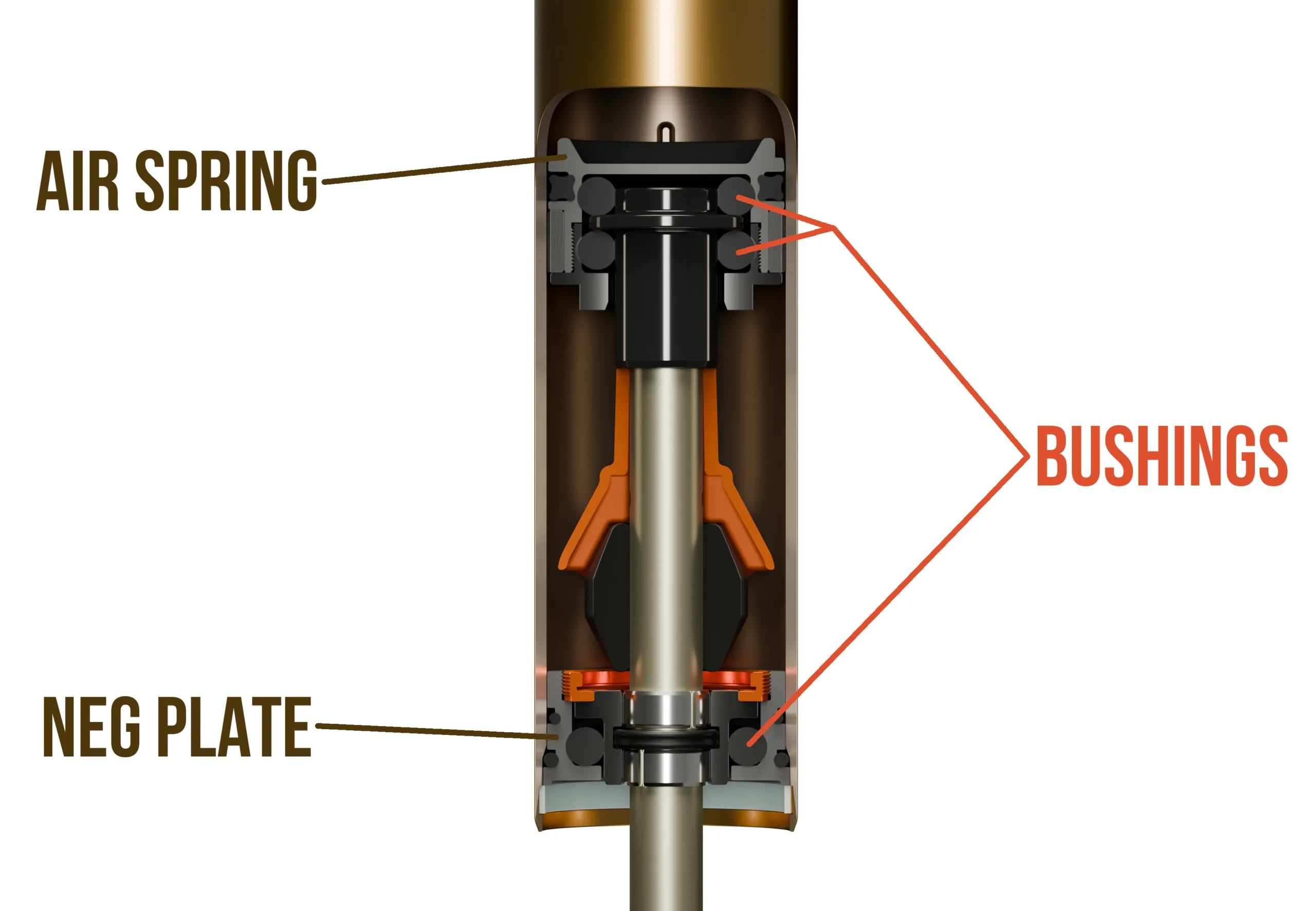
So, Fox put tiny bushings between the air shaft and the piston and neg plate, allowing the shaft to move at a slight angle when it’s under load without increasing friction on the seals. Basically, that ability for it to wiggle compensates for any bending in the shaft, keeping things sliding smoothly and evenly.
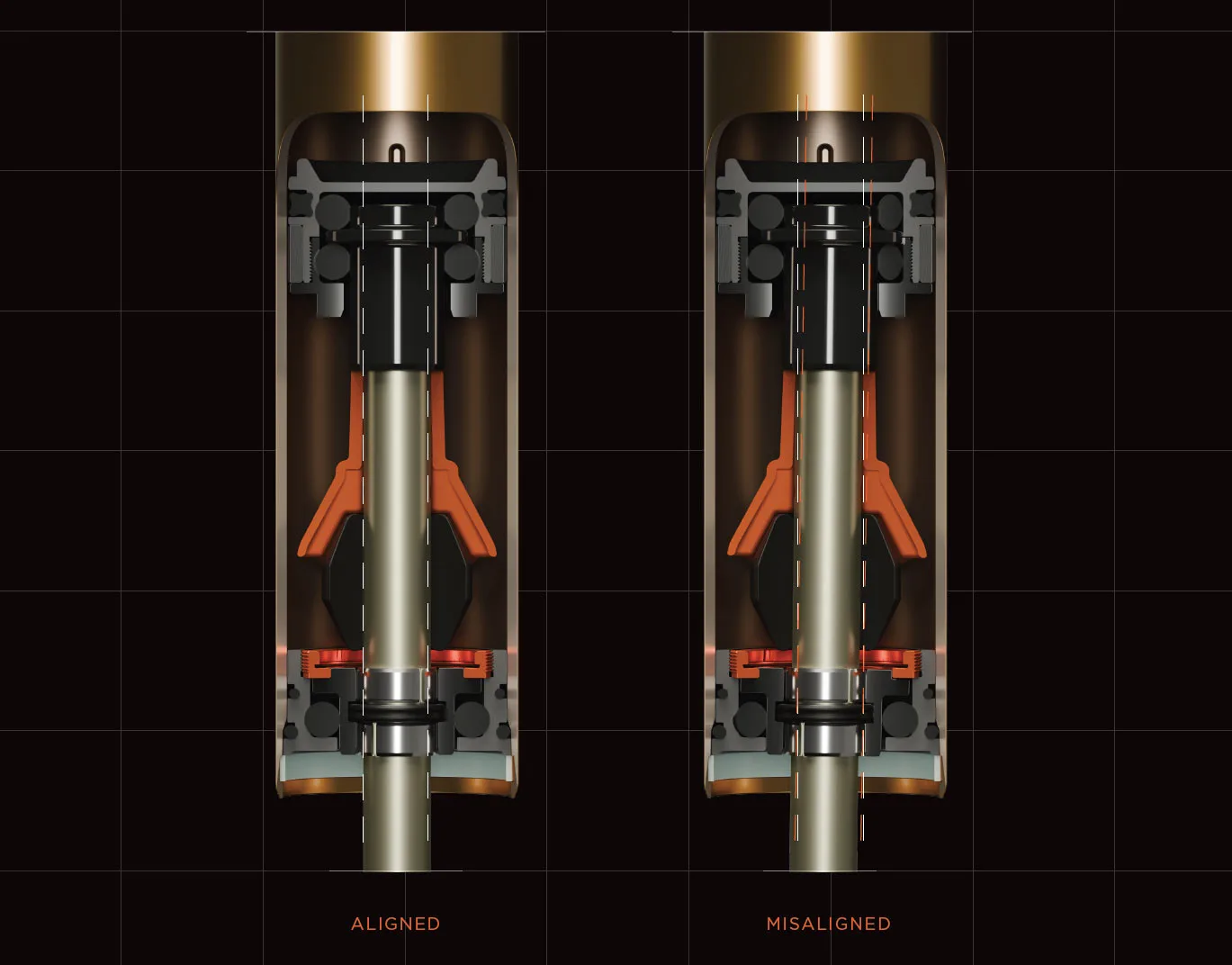
The 36 gets the full Compliant Air Spring design. To save a bit of weight, and because it has less travel (and thus less bending forces since it’s technically a shorter “lever”), the 36 SL gets only the main upper air spring bushings. But it does get a new dual seal system at the neg plate that has a tiny bit of compliance.
Videos, Pricing & Specs Lists
Fox 36 overview above, and 36 SL overview below
MSRP and specs for each fork are:
2026 Fox 36
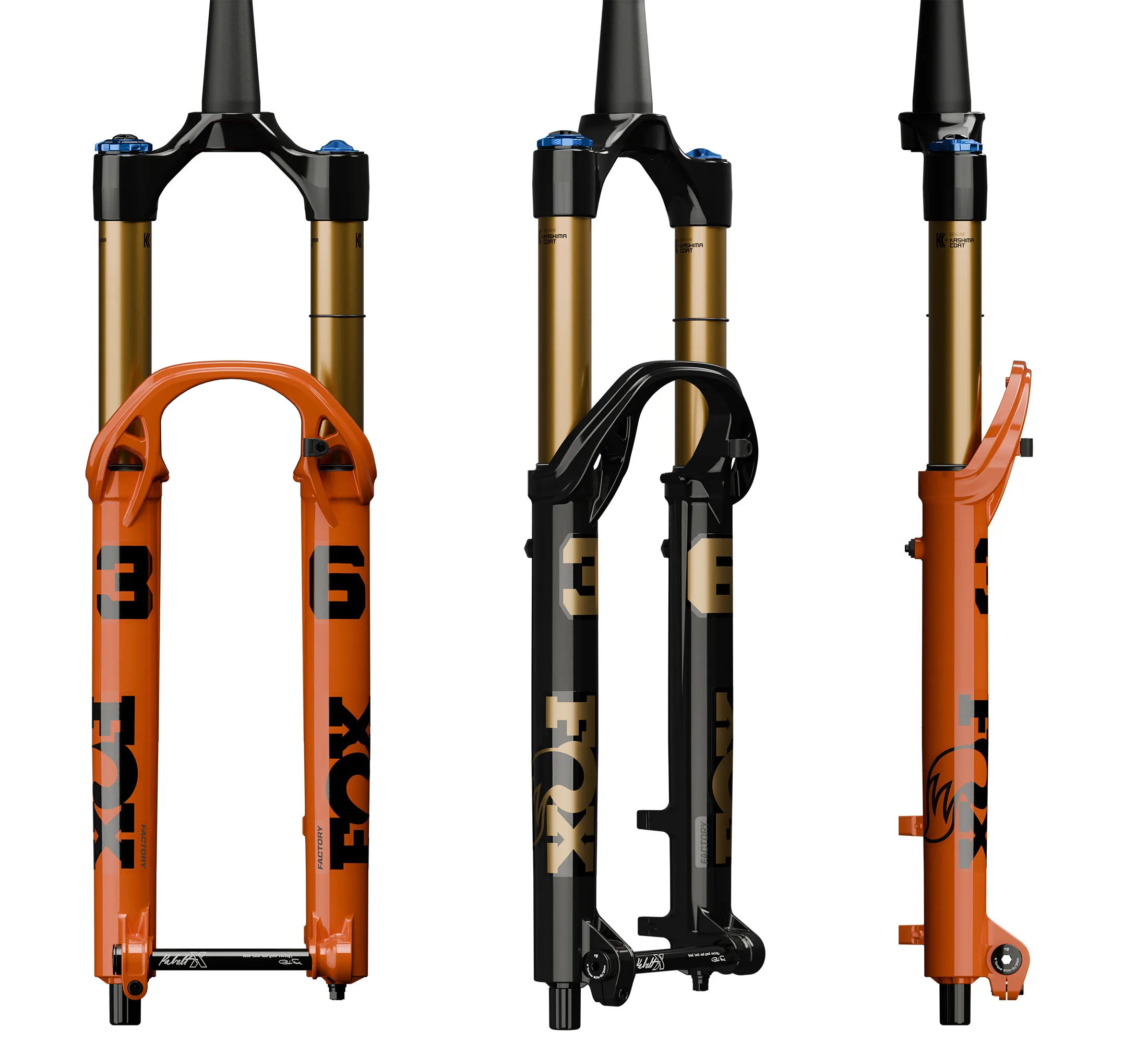
- Wheel Size: 29, 27.5
- Travel: 140mm, 150mm, 160mm
- Rake: 37mm, 44mm (27.5”); 44mm (29”)
- Axle: Kabolt; 15QR on Performance Series
- Rotor Size: Direct Mount 200, up to 230
- Air Spring: FLOAT EVOL Compliant
- Steerer: 1.5” Tapered
- Starting Weight: 1920g (29” 160mm GRIP X)
- MSRP:
- $749-$1199 USD
- $999-$1599 CAD
- €999 – €1609 EUR
- 1299-2099 AUS
2026 Fox 36 SL
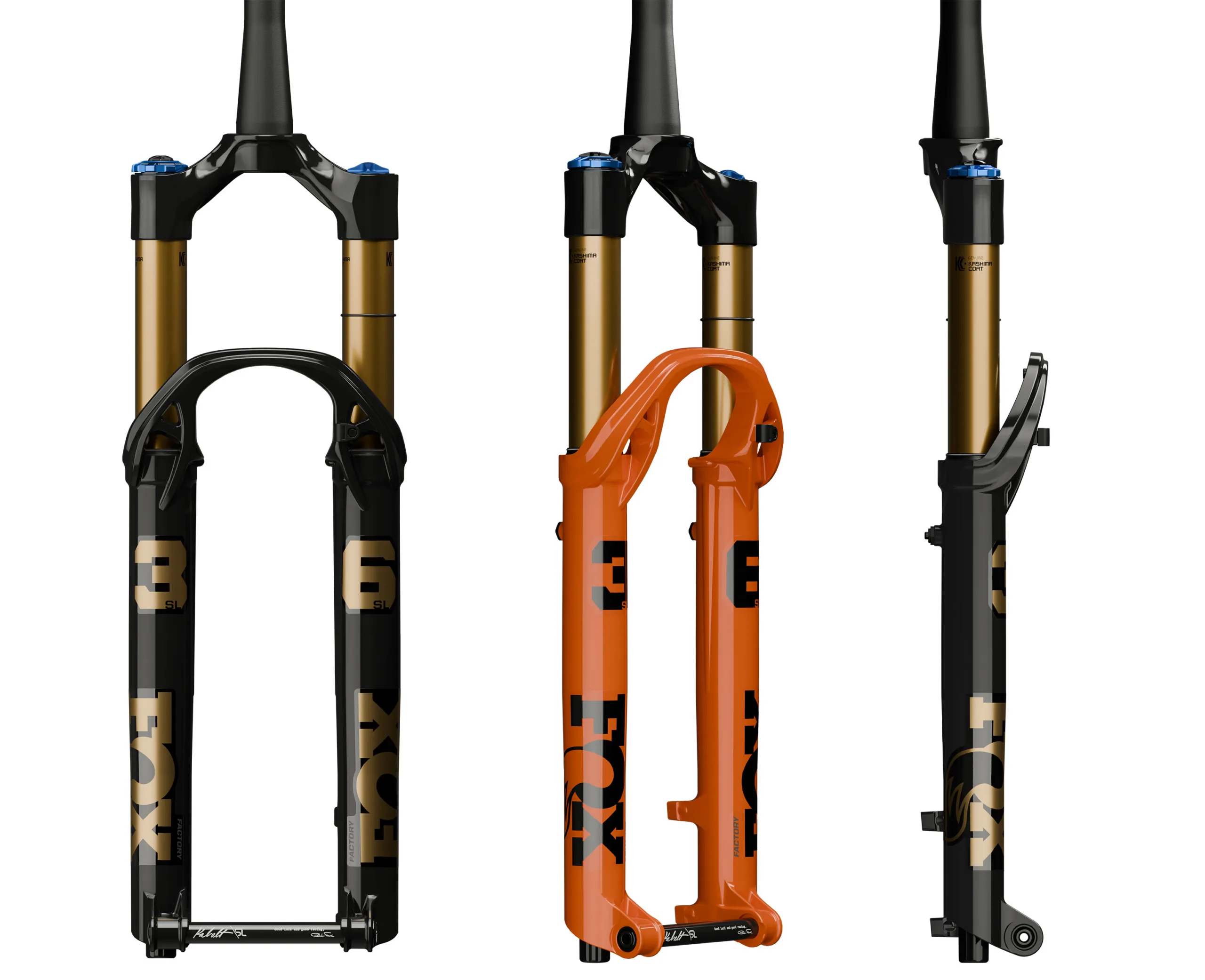
- Wheel Size: 29
- Travel: 120mm, 130mm, 140mm
- Rake: 44mm offset
- Axle: Kabolt SL
- Rotor Size: Direct Mount 180, up to 203
- Air Spring: FLOAT EVOL Compliant
- Steerer: 1.5” Tapered
- Starting Weight: 1755g (29” 140mm GRIP X)
- MSRP:
- $699-$1149 USD
- $939-$1539 CAD
- €939 – €1539 EUR
- 1199-1999 AUS
